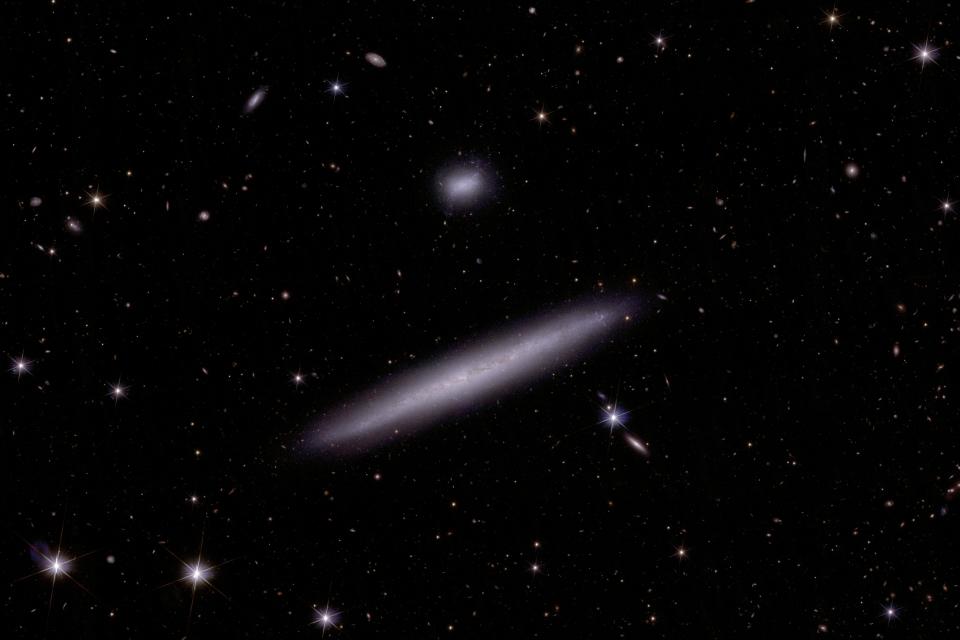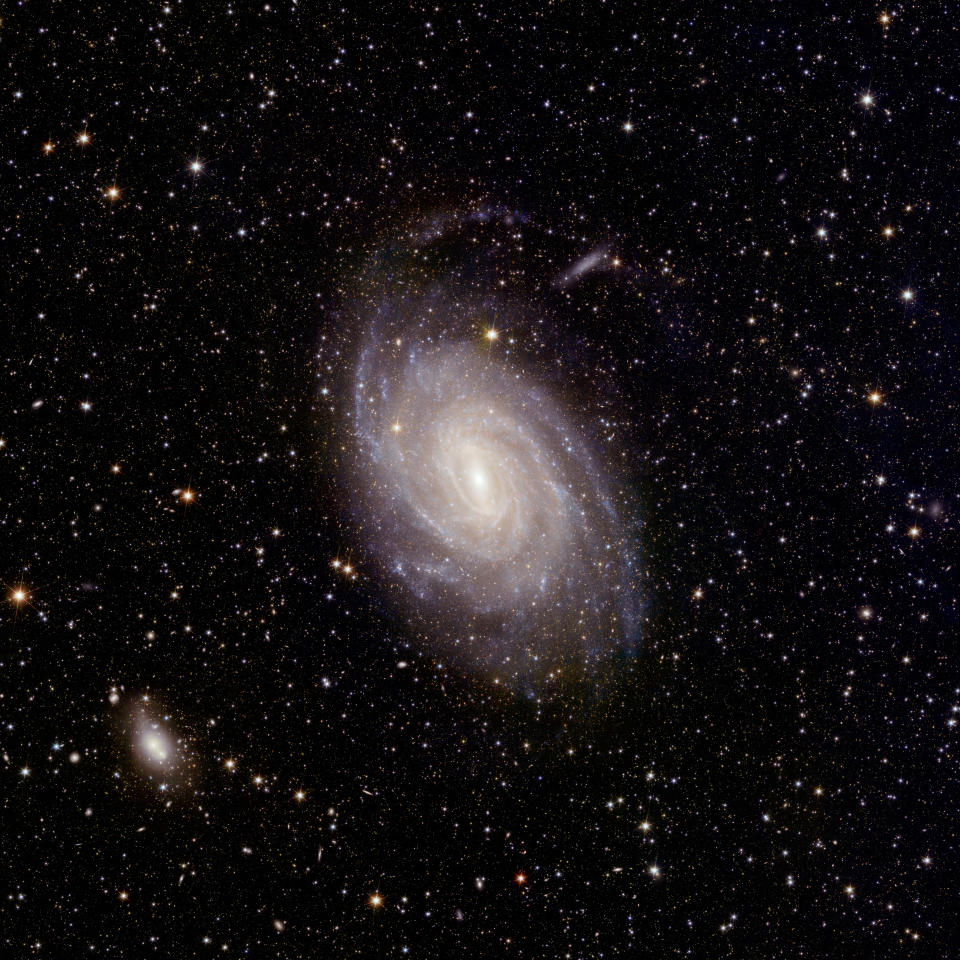Europe’s Euclid telescope has sent back the largest images of the universe ever taken from space, as part of its quest to unlock the secrets of the universe.
Five images released by the European Space Agency (ESA) offer an exciting glimpse into the distant cosmic past, capturing vast new areas of the sky in unprecedented detail.
Dr Michelle Collins, from the University of Surrey, who helped the Euclid team identify possible new galaxies in the images, said: “These stunning first images are just the tip of the iceberg.”
He added: “This telescope can reveal millions of new objects in a single day.
“We are just beginning to realize its potential.”
The new images include two galaxy clusters known as Abell 2764 and Abell 2390, a galaxy group called Dorado, a spiral galaxy called NGC 6744, and a vibrant star birthplace known as Messier 78.

Messier 78 is the closest location, just 1,300 light-years from Earth; Abell 2390 is the most distant location in the constellation Pegasus, 2.7 billion light years away.
It is hoped that the data obtained from Euclid will shed light on two of the greatest mysteries of the universe: dark energy and dark matter.
While dark matter consists of particles that do not absorb, reflect or emit light, dark energy is believed to drive galaxies apart, causing the expansion of the universe to accelerate.
Caroline Harper, head of space science at the UK Space Agency, said: “An important part of our aim as a space agency is to better understand the universe, what it is made of and how it works.
“There’s no better example of this than the Euclid mission; we know that most of the universe consists of invisible dark matter and dark energy, but we don’t really understand what that is or how it affects the shape of the universe.” “It is improving.”
Astronomers said the images taken by Euclid were at least four times sharper than images taken with telescopes on the ground.


These were created by combining data from two of Euclid’s instruments: the VIS, a visible-light camera, and the Near Infrared Spectrometer and Photometer (NISP), which captures light from the infrared spectrum.
Professor Mark Cropper from the Mullard Laboratory for Space Sciences at UCL, who led the design and development of VIS, said: “To achieve its fundamental aim of better understanding dark energy and dark matter, Euclid’s measurements need to be extremely precise.
“This requires a camera that is incredibly stable, incredibly well understood, and whose conditions must be controlled very carefully.
“The VIS camera we have developed will not only contribute to beautiful images, but will also help us answer fundamental questions about the role of dark energy and dark matter in the evolution of the universe.”
The new findings, based on only 24-hour observations, were described in a series of 10 papers published on the online portal arXiv.
The research focuses on 17 astronomical objects, from nearby clouds of gas and dust to distant galaxy clusters.
Stephen Serjeant, professor of astronomy at the Open University, said: “At the OU, we use the beautiful image quality of these very wide images to look for distortions in space and time.


“This is where a distant galaxy is seen in distorted space around a foreground galaxy.
“This is one of the few ways we can directly see the existence of dark matter.”
Ernest Rutherford Fellow at the University of Manchester. Rebecca Bowler added: “The surprising thing is that these images cover less than 1% of the full depth observations, indicating that we can expect to detect thousands of early galaxies in the coming period.” “A few years with Euclid will be revolutionary in understanding how and when galaxies formed after the Big Bang.”
In total, Euclid has so far produced more than 11 million objects in visible light and more than five million in infrared light.
One of the goals of the mission, launched in July 2023, is to create a 3D map of the universe by observing two billion galaxies that will help scientists understand the cosmic history of the universe.


Euclid project scientist at ESA, Dr. Valeria Pettorino said: “Euclid is a unique, groundbreaking mission and these are the first publicly released datasets; This is an important milestone.
“The images and associated scientific findings are impressively diverse in terms of objects and distances observed.
“They involve a variety of science applications and yet they only represent 24-hour observations.
“They give just a hint of what Euclid can do.
“We look forward to another six years of data.”